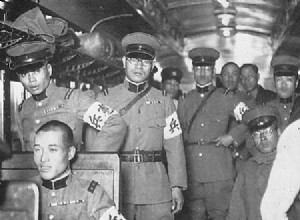The only 23-year-old German corporal of the 8th Company of the 28th Fighter Regiment of the 8th Panzer Division, Franz Weber had taken command of a battle group in the Carpathians in the fall of 1944. His unit was deployed in the Rodna Pass and was ordered to occupy Hill 1387 which dominated the




